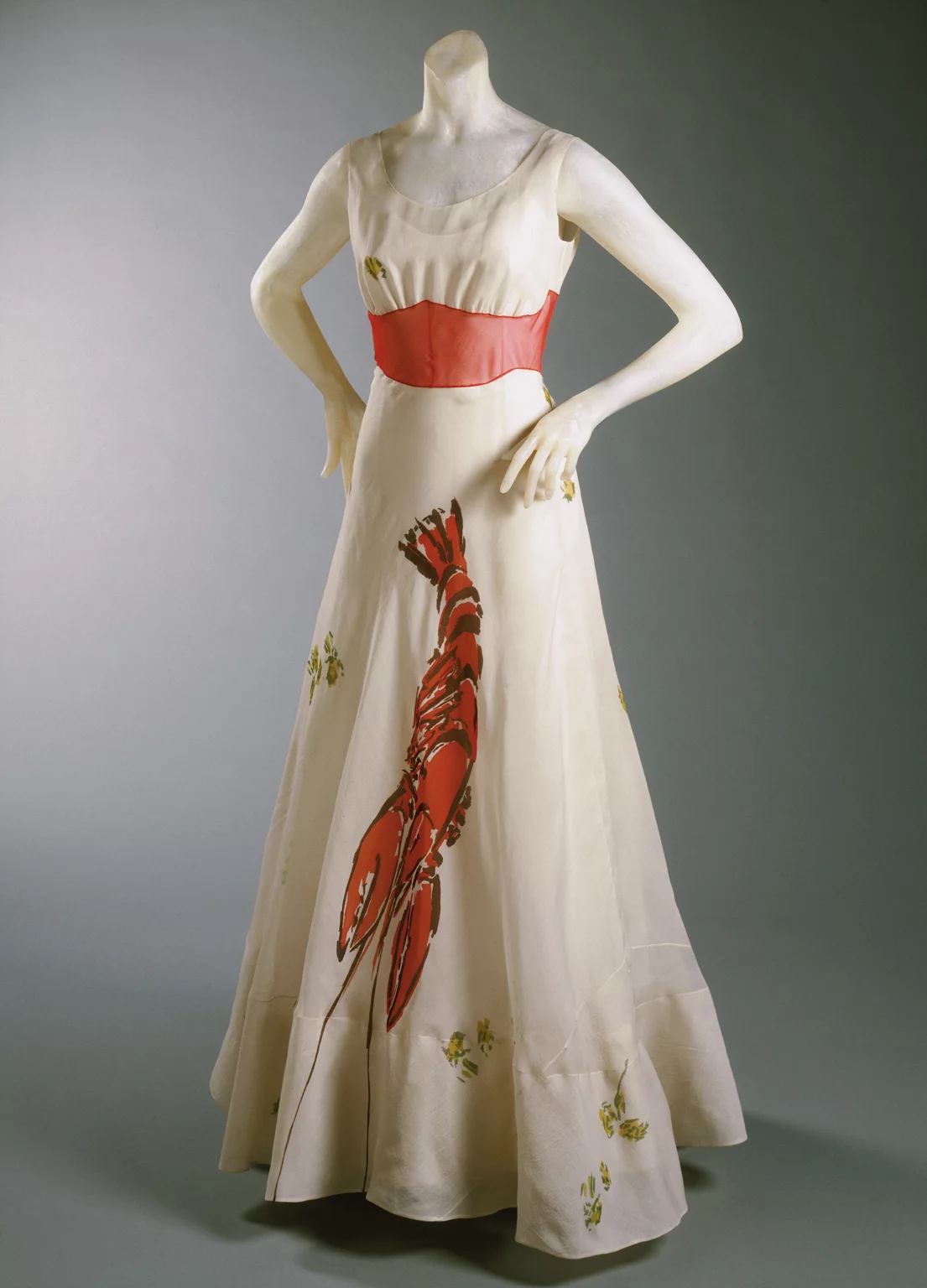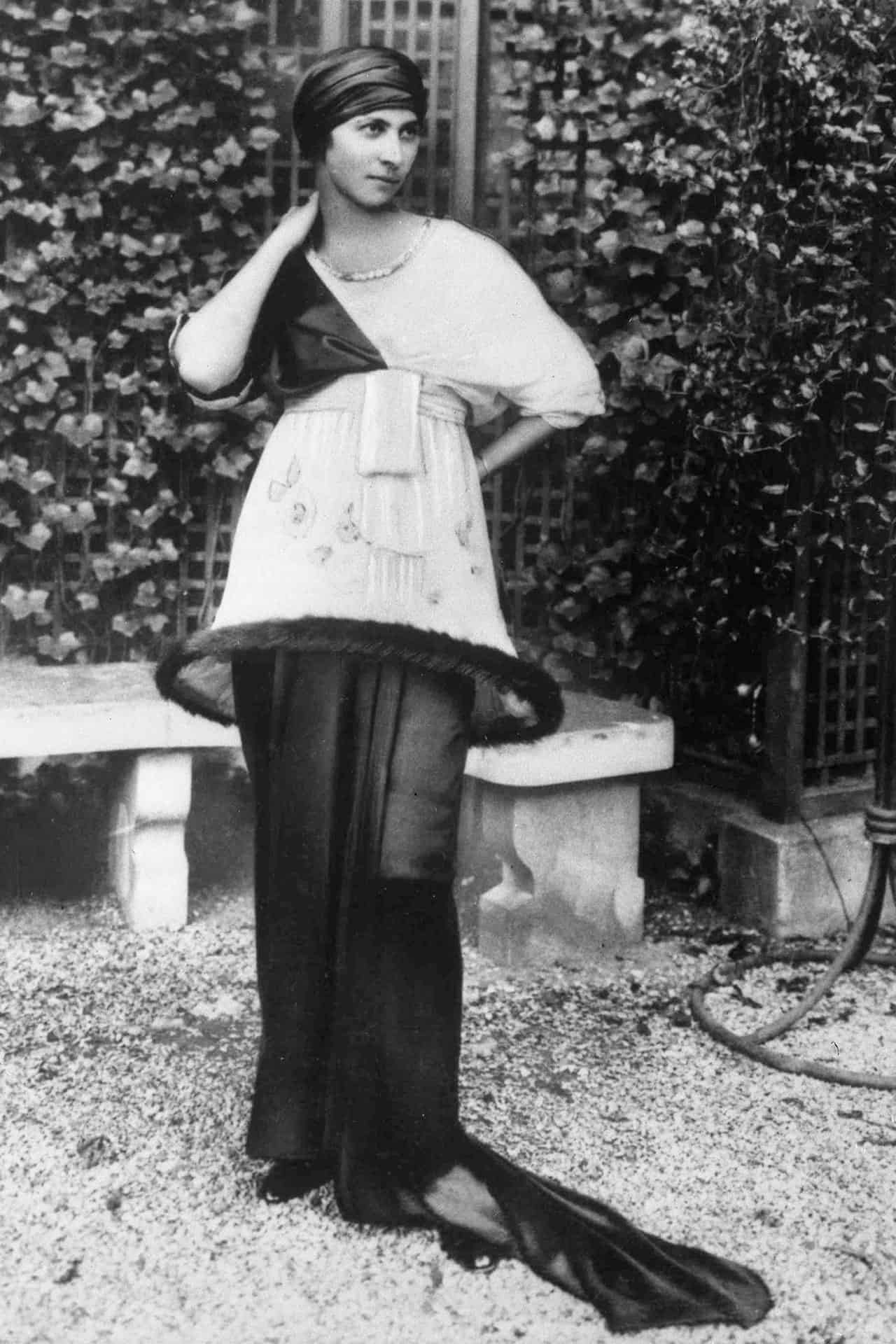Story RED HA PHUONG
Photos INTERNET
Throughout history, fashion has evolved alongside art and social currents.
Parisian dreams
In the late 18th century, the French Revolution abolished feudalism and began to dismantle the extravagant feasts and clothing styles of the royal court at Versailles. With Marie Antoinette gone, a new fashion icon emerged decades later: Empress Eugénie de Montijo, wife of Emperor Napoléon III. She spotted an up-and-coming fashion designer in Paris named Charles Frederick Worth, a British fabric salesman whose ambition helped him open his own tailoring house.
The House of Worth sewed hundreds of spectacular dresses for Empress Eugénie’s parties and official visits, elevating haute couture to a new level. Like Queen Antoinette before her, what Empress Eugénie wore became a trend among the people. Worth seized this opportunity and began designing ready-to-wear dresses, showcasing them on models for his clients to easily admire and choose from. At this point, fashion was not simply custom-designed for each customer, but a perfect combination of high-quality materials, superior techniques, and above all, a grand vision. Following Charles Frederick Worth, designers tirelessly kept the never-ending fashion party going.

The stars that never dim
In the bustling space of 19th century French culture, inspiration from Japan brought a fresh breeze across all art forms, including fashion.
At the time, designer Paul Poiret diverged from Worth, whose dresses were structurally massive with large skirts, layered with silks, voiles, and most notably, tightly cinched at the waist by corsets. Poiret felt the corset constrained women’s bodies as well as the potential of new cuts on the old dress. He appreciated the ease and spaciousness of the kimono and the decorative style of interesting motifs intertwined with minimalist lines. Poiret longed to incorporate art into his fashion, and his dresses and robes sometimes resembled a contemporary Matisse painting: a structure that followed the natural body like a canvas primed for painting, allowing the depiction of plants and trees to dance upon it. Paul Poiret redefined the concept of a fashion designer as we understand it today: not necessarily a tailor, but a visionary deeply immersed in the currents of art and society.
Arriving at the 20th century, numerous fashion designers across Europe emerged with distinctive personalities. Italy had the Elsa Schiaparelli with her dresses inspired by Surrealist art: a blend of high utility and humor, playing with the boundaries of reality and illusion. Simultaneously, dresses with stark, pattern-less designs began to rise. In the haute couture world, there was a “fashion architect,” the Spanish designer Cristóbal Balenciaga. At first glance, Balenciaga’s designs might not appear overly striking, but beneath the surface lay unparalleled tailoring skills. Rather than simply attaching a small rose to a dress, Balenciaga crafted dresses resembling a large rose enveloping the wearer’s slender neck.

While Balenciaga tailored along the natural waistline, DIOR cinched it once more. Christian Dior embarked on his career at 47, inventing the New Look silhouette that emphasized the classic feminine shape with a cinched waist and flared skirt. The shoulders were padded to add volume, creating a straight and decisive structure for the overall outfit. A quintessential DIOR evening gown featured an off-the-shoulder, waist-cinched design with an A-line skirt, whether in voile or silk, always blossoming with flowers.
During the time Schiaparelli, Balenciaga and DIOR rose to prominence, a genius in fashion design was being overlooked: Charles James. His Clover Leaf dress was constructed as meticulously as a scientific invention: a corset frame and lowered waist skirt that didn’t puff up like a birdcage, but flowed gently down like rolling hills, spreading out in four directions to form a four-petal flower. Self-identified as a sculptor and architect, Charles James painstakingly created gowns that, from every angle, appeared as artful statues. His legacy was honored by the Metropolitan Museum of Art in New York in 2015, when they featured him as the theme for the Met Gala.
Recently, Hollywood stars have shown a penchant for delving into the archives of fashion houses to retrieve some of the remaining “stardust”. Natalie Portman recently wore Christian Dior’s Swan dress on the Cannes red carpet, preceded by Cardi B in Thierry Mugler, and Sarah Jessica Parker in Charles James. These dresses carry significant historical, cultural and artistic value. Today’s stars, donning these legacies, seem to play the role of the early models of Charles Frederick Worth, showcasing the designs for the first time, no longer for the eyes of clients but for an audience curious about the bygone days of magnificent parties.










